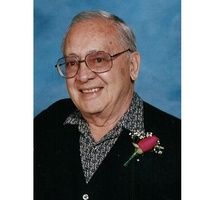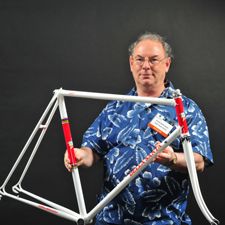A motorist once accused me and other cyclists of using "for free" the things he and other non-cyclists pay for. I pointed out that he pays only one tax that I don't pay: for gasoline. Roads and other infrastructure are not, as he and others believe, wholly funded by that levy on fuel. In fact, in most US states--including New York--most of the money for roads comes from general taxes, whether at the local, state or federal level.
In essence, I was telling that driver that I am as much of a citizen as he is, and that cyclists pay their share as much as anybody does. If anything, we are taxed more heavily because motorists can often deduct the expenses of owning and operating their vehicles.
Now, if cyclists are citizens, just as motorists are, what does that make bicycle shop owners?
Business owners. Mostly, small business owners.
That is the point made by several bike emporium proprietors in a letter to Washington, DC Mayor Muriel Bowser. In it, they point out that their interest in Vision Zero--which, they believe, Bowser's administration has been slow to implement--is for the benefit not only of their customers, but also the community as a whole. They say a few things about themselves that, really, any conscientious small business owner could say:
In other words, they're saying that they are serving, not only cyclists, but the Washington DC community as a whole. That also reinforces the argument I made with the motorist I mentioned at the beginning of this post: Cyclists are part of the community, too: We come from "every Ward and all walks of life," in the words of the letter. We hold the same kinds of jobs, have the same kinds of families, live in the same kinds of places and have all of the same needs as other members of the community. One of those needs is safety, and the one major difference between us and motorists, or other citizens is--as the writers of the letter point out--we are more vulnerable on the roads.
Oh, and we are customers, not only of bike shops, but the other businesses in their vicinity: greenmarkets, book sellers, hardware stores, haircutters and beauticians, clothing boutiques, coffee shops, supermarkets and eateries of any and all kinds. If I owned any of those businesses, I would want my customers to remain safe--and alive.
In essence, I was telling that driver that I am as much of a citizen as he is, and that cyclists pay their share as much as anybody does. If anything, we are taxed more heavily because motorists can often deduct the expenses of owning and operating their vehicles.
Now, if cyclists are citizens, just as motorists are, what does that make bicycle shop owners?
Business owners. Mostly, small business owners.
That is the point made by several bike emporium proprietors in a letter to Washington, DC Mayor Muriel Bowser. In it, they point out that their interest in Vision Zero--which, they believe, Bowser's administration has been slow to implement--is for the benefit not only of their customers, but also the community as a whole. They say a few things about themselves that, really, any conscientious small business owner could say:
Bikeshops are active in their communities. Although we compete for the same customers, we share the same goal: put more people on bikes. More people on bikes helps all of us as business owners and the city where our shops are located.
We provide emergency repairs and some of us provide free tool use to get our customers and neighbors moving again.
We donate to local charities.
We create jobs and train young people that have just started working.
We create positive activity in retail corridors.
We create sales tax revenue for the District.
In other words, they're saying that they are serving, not only cyclists, but the Washington DC community as a whole. That also reinforces the argument I made with the motorist I mentioned at the beginning of this post: Cyclists are part of the community, too: We come from "every Ward and all walks of life," in the words of the letter. We hold the same kinds of jobs, have the same kinds of families, live in the same kinds of places and have all of the same needs as other members of the community. One of those needs is safety, and the one major difference between us and motorists, or other citizens is--as the writers of the letter point out--we are more vulnerable on the roads.















